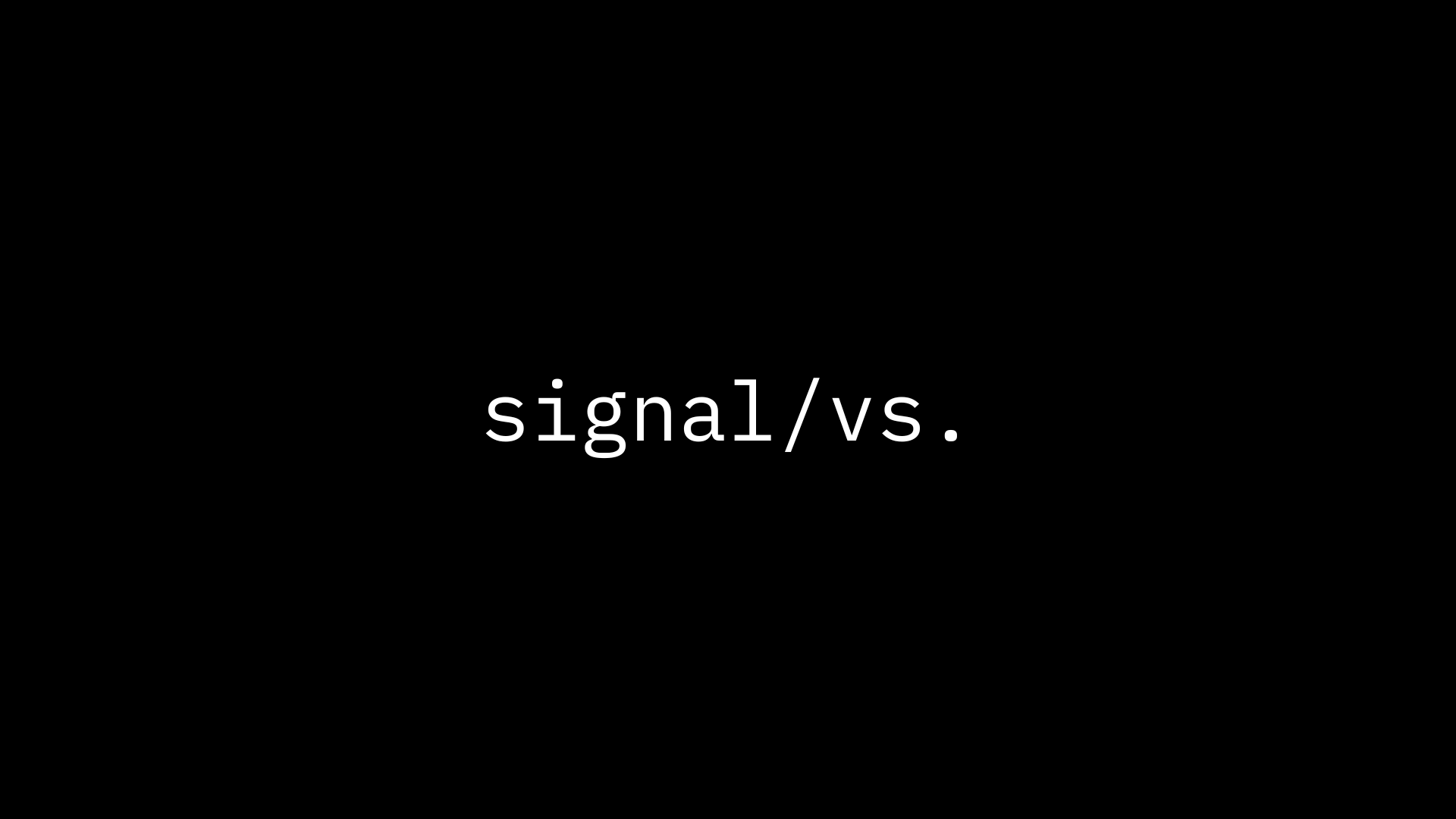Signal In The Noise — Or, Why I’m Launching a Media Startup

I. The Problem
Let’s start with a confession: I’m launching a startup. I know — in 2025, the world needs another startup like it needs another TED Talk about finding your authentic self.
But here’s the thing: I’m not really launching an startup. I’m building something that has to look like an startup because our pattern-matching brains haven’t evolved a better category for it yet.
The actual problem I’m trying to solve is more interesting: in a world of increasing noise, how do you build systems that create genuine signal?
II. The Current Solutions Are Broken
The standard playbook for “getting your message out there” in 2025 looks something like this:
- Hire a PR firm that promises “relationships with key media”
- Pay for some social media management
- Create content that “drives engagement”
- Measure meaningless metrics
- Repeat until budget runs out
This worked fine in a world where attention operated according to predictable rules. Write press release -> Send to journalists -> Get coverage -> Audience pays attention. But that world died somewhere between the rise of TikTok and the collapse of traditional media business models.
The new landscape is much stranger. Attention flows through complex networks that don’t respect traditional hierarchies. Trust has become increasingly scarce and increasingly valuable. And the gap between “reach” and “influence” has never been wider.
III. A New Model
What if instead of playing the old game better, we built better systems?
That’s what Signalvs (pronounced “signal versus”) is attempting:
- Strategic messaging and crisis communications — but not the kind that produces robotic press releases. Instead, we’re building frameworks that help organizations say what they mean, say it well, and maintain message coherence under pressure. Think less “PR” and more “message architecture that doesn’t shatter when confronted with reality.”
- Content development and publishing — no blog posts optimized for algorithms. We’re building editorial systems and custom properties that treat readers as peers.
- Media innovation — real experimentation with formats, platforms, and models. Not “innovation theater” that chases trends, but practical development of new publications and formats that deliver information that cuts through the noise.
IV. Why This Probably Won’t Work (But Why We’re Doing It Anyway)
The obvious objection is: “This sounds like consultant-speak for ‘we do everything and nothing.’” Fair. The business graveyard is full of companies that tried to be everything to everyone.
But there’s a counter-example: the original Bell Labs. Not the modern corporate R&D center, but the 1925–1975 version that invented the transistor, laser, solar cell, and Unix while also operating a monopolistic telephone company.
They combined practical engineering problems (how do we make phone systems work better?) with theoretical research (what are the fundamental limits of information transmission?) in a way that created compounding advantages. Each practical solution informed the theoretical work, which in turn led to better practical solutions.
That’s the model we’re attempting to replicate, at a much smaller scale and in a different domain. Each client project informs our research, which improves our publishing work, which improves our media work, which improves our frameworks, which makes the world a better - and hopefully far more interesting - place.
V. The Anti-Pitch
This isn’t for everyone. In fact, it’s probably not for most organizations. If you need conventional PR or social media consulting, I’ll be the first to tell you we’re not the right partner. We’re looking for organizations that:
- Need sophisticated systems for spreading complex ideas
- Understand that influence can’t be manufactured, only architected
- Want to build lasting signal, not temporary noise
We’re taking a maximum of five clients at a time. No fancy pitch decks, no endless meetings about meetings, no corporate theater. Just direct collaboration on building systems that matter.
We maintain clear boundaries to ensure focus:
- No social media management
- No PR outreach or pitching
VI. Why Now?
The cynical answer is: because I believe this is a model and an idea that will be profitable. But the interesting answer is: because the convergence of three trends has created a unique opportunity:
- The collapse of traditional gatekeepers has created a vacuum in how ideas spread
- The rise of AI has made conventional content creation increasingly worthless
- The fragmentation of attention has made genuine signal increasingly valuable
The world is getting louder. The need for real signal — for systems that help important ideas cut through the noise — isn’t just growing, it’s becoming existential.
That’s what we’re building. If this resonates, you know where to find me.
JA Westenberg
influence@signalvs.com
P.S. The astute reader will notice this post itself is an example of the principles it describes. Meta-marketing is the best marketing.
Discussion